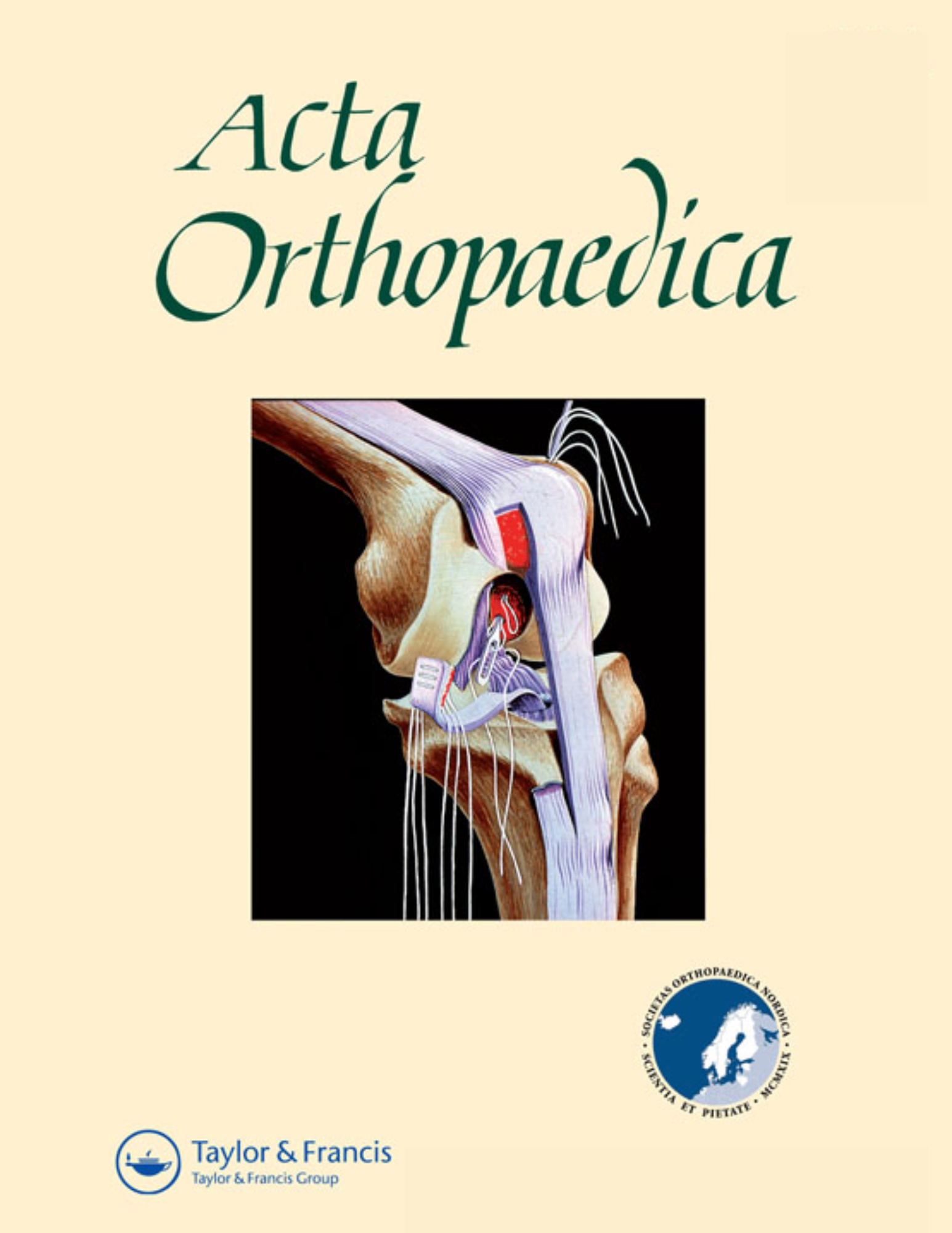
Decreased pain with double wound infiltration of analgesia for total hip replacement

Decreased pain with double wound infiltration of analgesia for total hip replacement
Postoperative analgesia in total hip arthroplasty: A randomized double-blinded, placebo-controlled study on peroperative and postoperative ropivacaine, ketorolac, and adrenaline wound infiltration
Acta Orthop. 2007 Apr;78(2):187-92Did you know you're eligible to earn 0.5 CME credits for reading this report? Click Here
Synopsis
40 patients undergoing total hip replacement (THR) surgery were randomized into two groups to examine the outcomes of pain and postoperative requirement for analgesia. Both groups received wound infiltration at the end of surgery as well as through an intraarticular catheter 24 hours postoperatively, and both were blinded to treatment. The intervention group received a solution of ketorolac, ropivacaine and adrenaline, while the control group received a saline solution. Results showed that the intervention group had less pain up to 2-weeks postoperatively and were more satisfied compared to the control group. Patients receiving the analgesic also had less joint stiffness and better function at 1 week postoperatively.
Was the allocation sequence adequately generated?
Was allocation adequately concealed?
Blinding Treatment Providers: Was knowledge of the allocated interventions adequately prevented?
Blinding Outcome Assessors: Was knowledge of the allocated interventions adequately prevented?
Blinding Patients: Was knowledge of the allocated interventions adequately prevented?
Was loss to follow-up (missing outcome data) infrequent?
Are reports of the study free of suggestion of selective outcome reporting?
Were outcomes objective, patient-important and assessed in a manner to limit bias (ie. duplicate assessors, Independent assessors)?
Was the sample size sufficiently large to assure a balance of prognosis and sufficiently large number of outcome events?
Was investigator expertise/experience with both treatment and control techniques likely the same (ie.were criteria for surgeon participation/expertise provided)?
Yes = 1
Uncertain = 0.5
Not Relevant = 0
No = 0
The Reporting Criteria Assessment evaluates the transparency with which authors report the methodological and trial characteristics of the trial within the publication. The assessment is divided into five categories which are presented below.
4/4
Randomization
3/4
Outcome Measurements
4/4
Inclusion / Exclusion
4/4
Therapy Description
4/4
Statistics
Detsky AS, Naylor CD, O'Rourke K, McGeer AJ, L'Abbé KA. J Clin Epidemiol. 1992;45:255-65
The Fragility Index is a tool that aids in the interpretation of significant findings, providing a measure of strength for a result. The Fragility Index represents the number of consecutive events that need to be added to a dichotomous outcome to make the finding no longer significant. A small number represents a weaker finding and a large number represents a stronger finding.
Why was this study needed now?
Pain management and comfort are important factors for optimal mobilization after total hip replacement (THR) surgery. Postoperative pain can prolong immobilization and hospital stay, so it is important for patients to receive an effective postoperative analgesic. This study examined double wound (operative and postoperative) infiltration with analgesia in patients undergoing THR surgery.
What was the principal research question?
Does the use of double (operative and postoperative) infiltration of analgesia result in decreased pain and faster mobilization after total hip replacement surgery?
What were the important findings?
- The intervention group had significantly less pain compared to the control group up to 2 weeks postoperatively.
- The intervention group had a lower use of analgesics up to the fourth postoperative day.
- The intervention group had better physical function (WOMAC physical function subscale) (p=0.02) and less joint stiffness (WOMAC joint stiffness subscale) (p=0.04) at 1 week postoperatively, but no significant differences were seen at 2, 4, and 6 weeks.
- Patients from the intervention group were discharged from the hospital at a median of 2.6 days compared to 2.8 days for the control group. (P>0.05)
- There was a statistically significant difference in patient satisfaction between the intervention and control group, with greater satisfaction seen in the intervention group 8 hours postoperatively (16 patients compared to 8; p<0.05), on day 1 (15 patients compared to 6; p<0.05) and in weeks 1, 2 and 4.
- No adverse effects were seen from the treatment group.
What should I remember most?
Peroperative and postoperative wound infiltration of analgesia reduces pain as well as the analgesic requirement after total hip replacement surgery. This may allow for faster postoperative mobilization.
How will this affect the care of my patients?
Patients receiving double wound infiltration of analgesia may have faster mobilization postoperatively after total hip replacement surgery. Patients may also be more satisfied postoperatively when receiving the double wound infiltration procedure compared to the control group. There is interest in performing further studies to examine different study designs, such as continuous or frequent injections
Learn about our AI Driven
High Impact Search Feature
Our AI driven High Impact metric calculates the impact an article will have by considering both the publishing journal and the content of the article itself. Built using the latest advances in natural language processing, OE High Impact predicts an article’s future number of citations better than impact factor alone.
Continue



 LOGIN
LOGIN

Join the Conversation
Please Login or Join to leave comments.